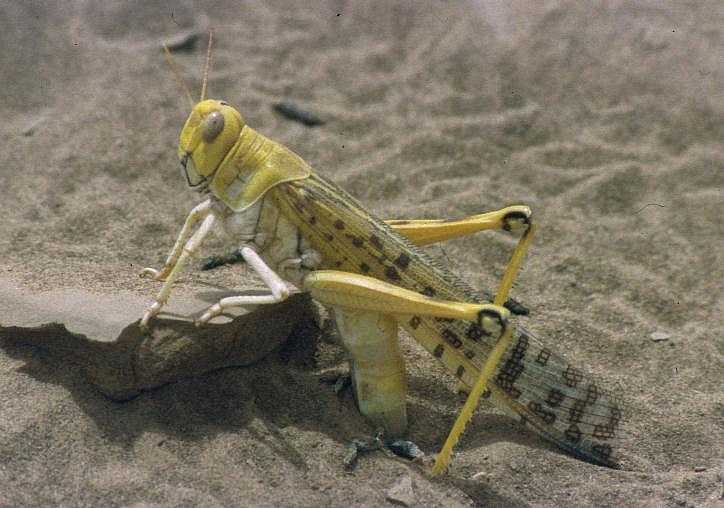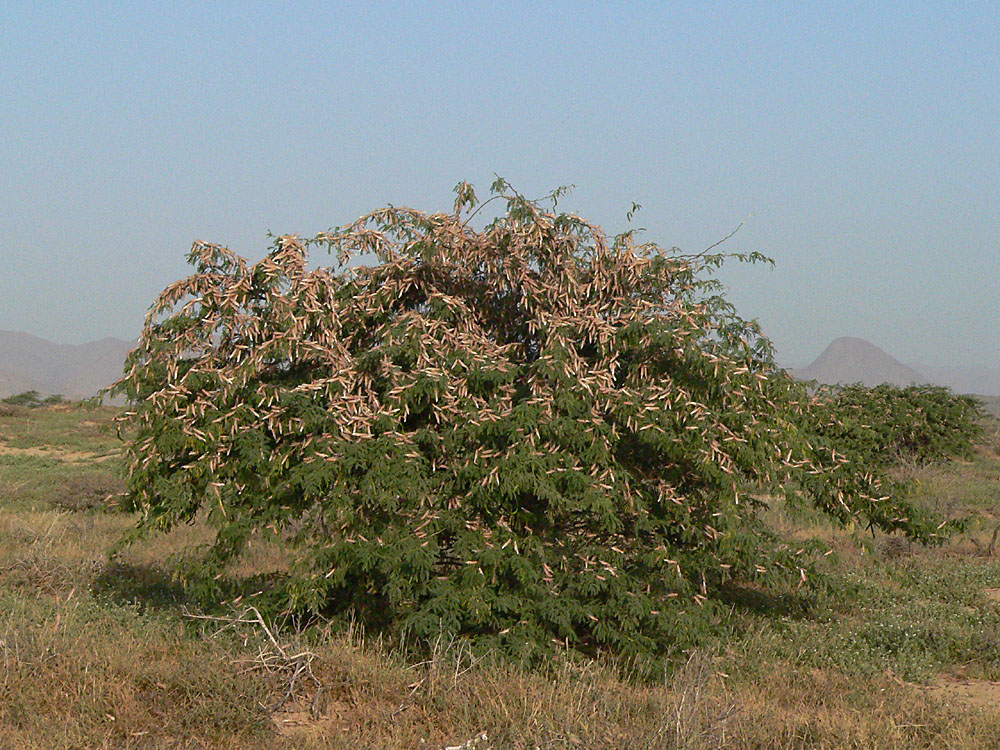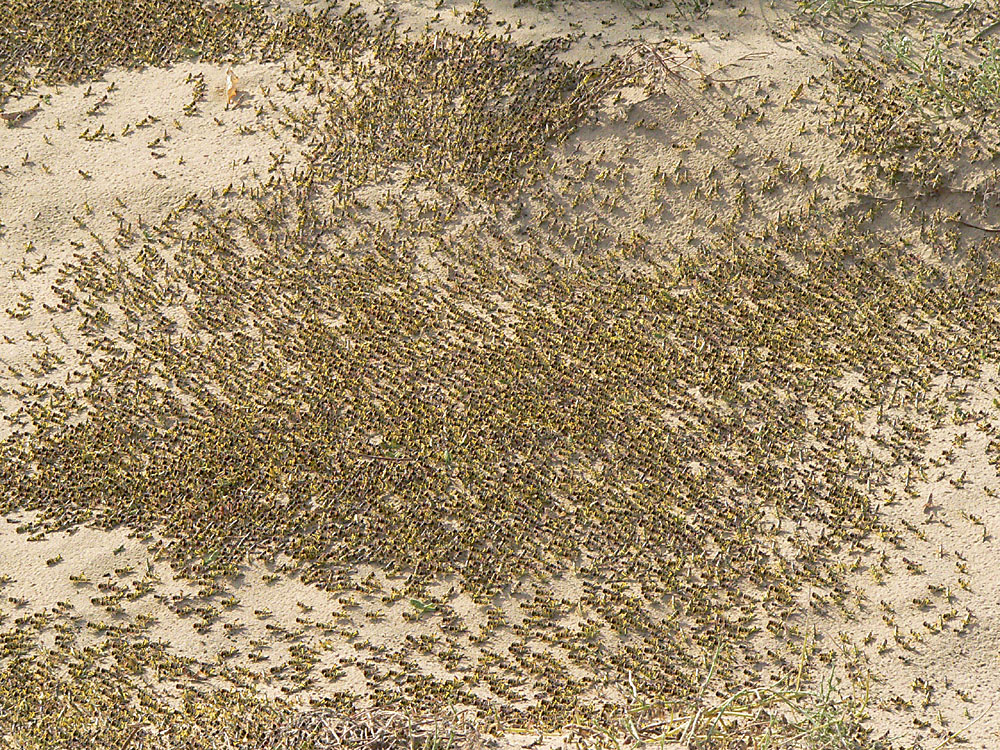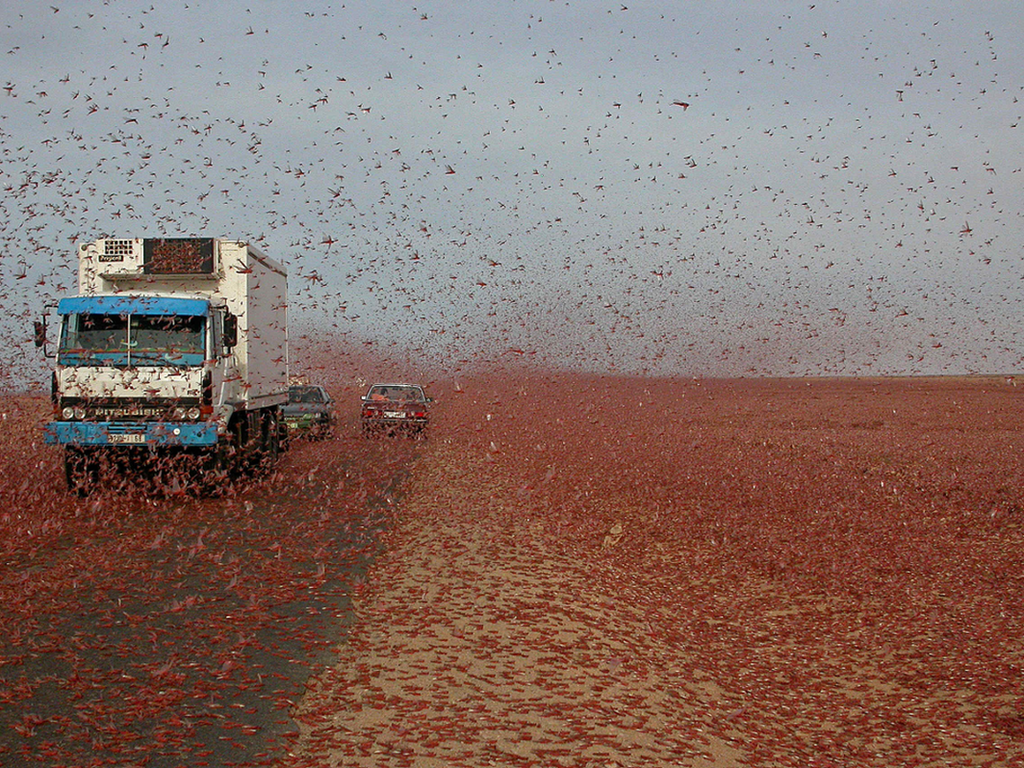Nairobi, Kenya —(Map)
Huge swarms of locusts are attacking farms and fields in the East African countries of Ethiopia, Kenya, and Somalia. Billions of insects are moving through the area, destroying crops in the worst locust invasion in years.
Locusts are grasshoppers. Normally grasshoppers don’t travel in groups and so they do little harm. But when there are lots of them, their bodies and behavior change. That’s when they become locusts. Locusts travel in huge groups, laying eggs along the way, which produce even more locusts.

(Source: Christiaan Kooyman [Public domain], via Wikimedia Commons.)
Swarms of locusts can do incredible damage. The insects eat their own weight – 2 grams (0.7 ounces) – in food each day. Jens Laerke, who works for the United Nations (UN), says that in a single day, a small swarm of the insects can eat as much food as 35,000 people.
The locust swarms in Ethiopia and Somalia are the worst in 25 years. Kenya’s situation is the worst it’s been in 70 years.

(Source: ChriKo [CC BY-SA], via Wikimedia Commons.)
These locusts are desert locusts. They began swarming about six months ago. By moving with the winds, desert locusts can travel up to 90 miles (150 kilometers) a day or more. The insects have been moving across the region, known as the “Horn of Africa”.
Locust swarms are more common when heavy rains follow a long dry period. The insects lay their eggs in the wet ground. This season, East Africa has had its heaviest rainy season in 40 years. The rains, which usually let up in December, have continued into January.

(Source: ChriKo [CC BY-SA], via Wikimedia Commons.)
The growing season begins in March and more rain is expected. Experts say if the problem isn’t brought under control before then, the number of locusts could multiply by 500.
Already, dark clouds of locusts are headed toward South Sudan and Uganda.
When the insects swarm, one square kilometer (0.39 square miles) of land can hold as many as 150 million locusts. Currently, there are 700 square kilometers (270 square miles) of land covered by the insects in Kenya alone.

(Source: Magnus Ullman [CC BY-SA], via Wikimedia Commons.)
The insects are a threat to lives in the region, where food is already in short supply. If the insects wipe out crops in the area, it could cause a food shortage that might threaten the lives of millions. Already many farmers who keep animals are struggling because locusts have destroyed the plants the animals usually eat.
Farmers have been trying to scare the insects off by shooting into the air or making noises in the fields, but that doesn’t work against so many insects.

(Source: Sgt. Michelle Halpin [Public domain], via Wikimedia Commons.)
Experts say that spraying pesticides over large areas from airplanes is the only way to reduce the numbers of insects enough.
In Ethiopia, Somalia, and Kenya, government workers are now spraying pesticides to kill the swarms of insects. Though many people worry about other effects the pesticides may have, there seems to be little choice.

(Source: Raimund Stehmann [GFDL], via Wikimedia Commons.)
The UN has released $10 million to help deal with the locust problem, but experts say far more help will be required. The UN says about $70 million is needed to truly control the locusts with pesticides.
😕
This map has not been loaded because of your cookie choices. To view the content, you can accept 'Non-necessary' cookies.
